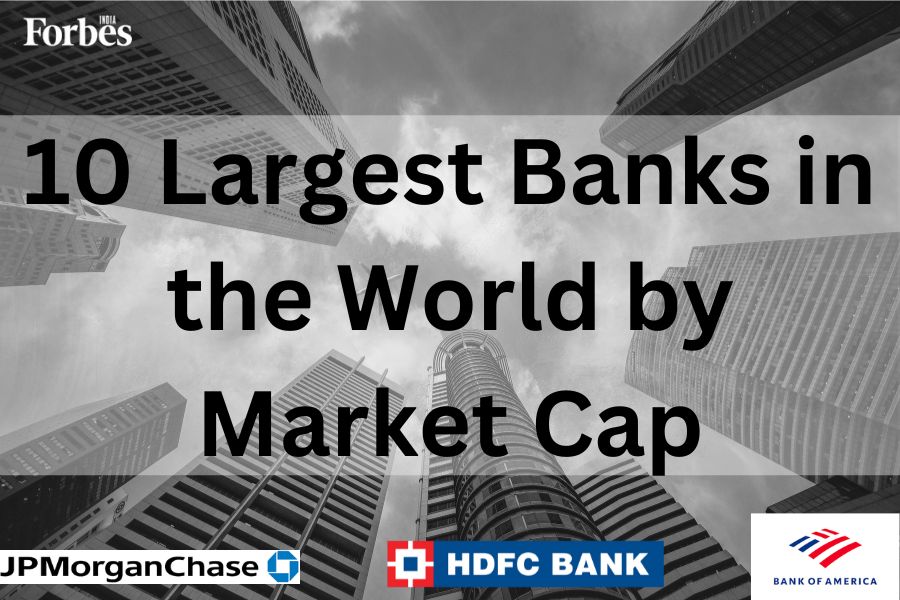
The 10 largest banks in the world in 2024
Curious about the top 10 banks in the world in 2024? Discover the top 10 largest banks in the world with this comprehensive overview

The banking industry has an extensive and influential global presence, with numerous financial institutions holding trillions of dollars in assets. In this article, we will delve into the top 10 banks in the world in 2024, providing a comprehensive analysis of their operations, financial performance, and overall impact on the global economy. By examining the details of these top banks, we can better understand the modern financial landscape and how it shapes our world.
The dominance of bank-holding companies
Bank-holding companies play a significant role in the global banking landscape. These corporations control one or more banks but do not necessarily engage in banking themselves. They provide a strategic advantage by allowing for a diversified range of financial services under one umbrella, thus increasing the overall stability of the banks they hold.
Also Read: Top 10 biggest companies in the world by market cap in 2024
Many of the largest banks in the world are part of larger bank holding companies. This structure allows them to offer various financial services, making them more resilient and competitive in the global market.
Top banks in the world in 2024
Here's a table showcasing the ten largest banks in the world, ranked by their market caps (as of May 2, 2024).




